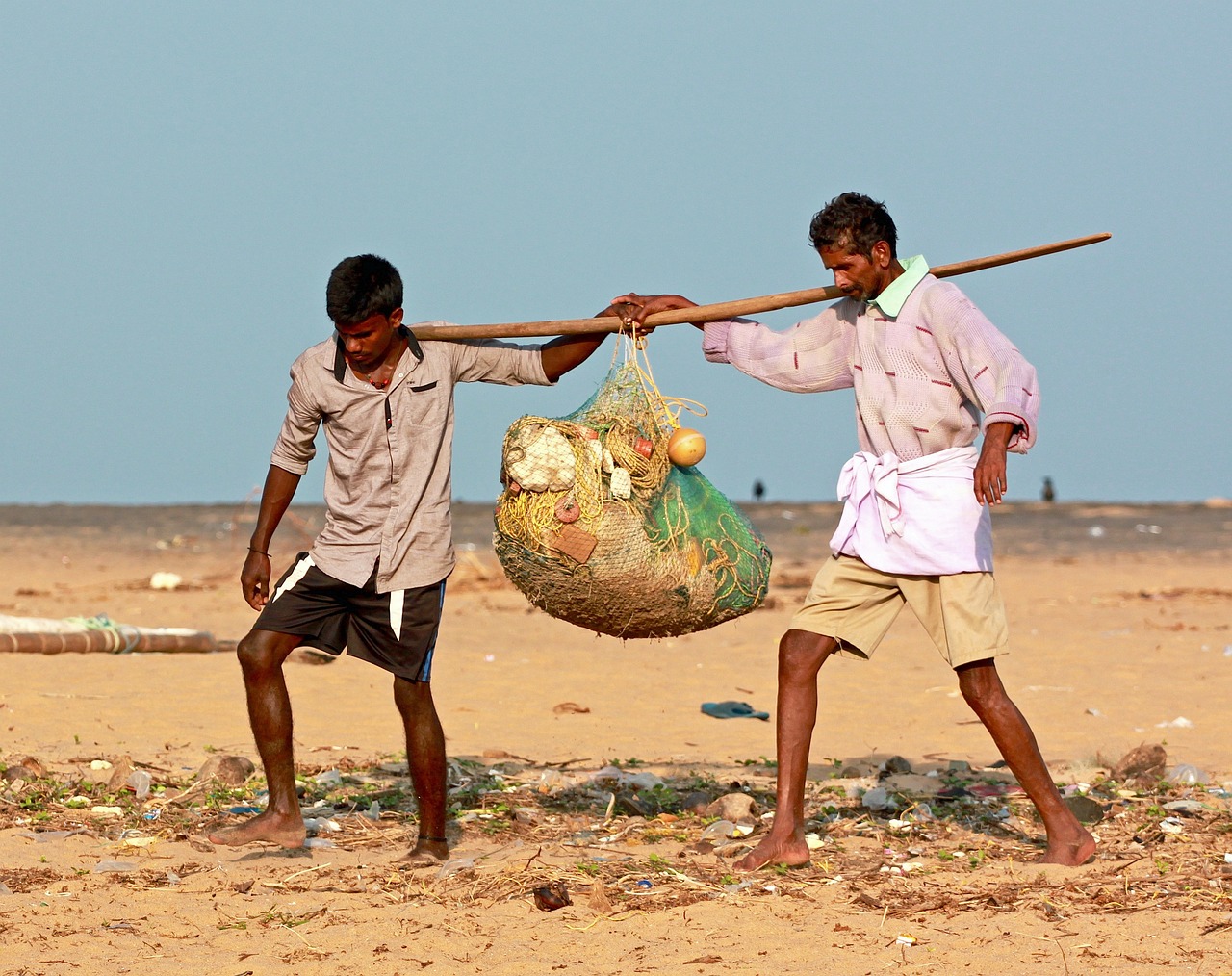The earnings of fishermen in India can vary based on various factors such as location, type of fishing, and experience. According to a study, the per capita income of fishermen ranged from around ₹2,44,236 to ₹7,70,712 annually. So, the average monthly income of coastal inland fishers during the fishing seasons ranged from ₹20,353 to ₹64,226.
This wide range of earnings, it's important to note, is because the earnings of fishermen can be influenced by various factors such as the type of fishing (coastal, deep sea, inland), government regulations, and market demand for specific types of fish. Additionally, the cost of living in the area where the fishing is done can also impact the real value of the earnings.
According to a report by the Ministry of Fisheries, Animal Husbandry and Dairying, the average monthly income per agricultural household including fisheries during 2018-19 was ₹10,218. This figure includes both agricultural and fisheries income, so it's difficult to determine the exact earnings of fishermen from this data.
A report by ERI Economic Research Institute stated that the average pay for a Commercial Fisherman in India is ₹310,673 a year and ₹149 an hour. The average salary range for a Commercial Fisherman is between ₹244,189 and ₹352,303. On average, a Less Than HS Degree is the highest level of education for a Commercial Fisherman. This analysis is based on salary survey data that has been collected directly from employers and anonymous employees in India.
Beyond Numbers: A Complex Reality
Several factors impact fishermen's earnings:
Table of contents [Show] Location | Coastal states with abundant resources offer higher potential, while those with depleted stocks witness lower incomes. |
Seasonality | Monsoon seasons often halt fishing, leading to income loss. |
Competition | Increased fishing vessels and dwindling resources lead to intense competition and lower catches. |
Fuel Prices | Rising fuel costs eat significantly into profits. |
Middlemen | Dependence on middlemen who control markets often leads to exploitation and lower profits for fishermen. |
The Harsh Impact:
These factors paint a picture of financial insecurity for many fishermen:
Limited Savings | Irregular income makes saving for emergencies or future investments difficult. |
Vulnerability to Debt | Many rely on loans from middlemen at high interest rates, further perpetuating financial hardship. |
Basic Needs | Meeting basic needs like food, healthcare, and education becomes a constant struggle. |
In conclusion, the earnings of fishermen in India can differ greatly because of multiple factors such as location, type of fishing, and experience. While some fishermen may earn relatively higher incomes, the median and average earnings for fishermen can be affected by different factors, and it's important to consider the specific context when evaluating the potential income of fishermen.







